Marine Oasis Creation Through Plastic Decomposition
Implementing a Symbiotic Relationship with Aspergillus Fungi To Restore Ocean Deserts
Keywords:
Plastic decomposition | Aspergillus fungi | Lichen | Cyanobacteria | Marine ecosystem | Garbage Patch | Degrowth | Coral reefs | Ocean deserts | Habitat restoration
The DecompAsper stands out as an innovative device that, through the synergistic action of various agents, including the microscopic fungi Aspergillus, possesses the capability to break down plastic. Simultaneously, it contributes to the creation of new marine ecosystems in oceanic deserts characterized by exceedingly low biological productivity.
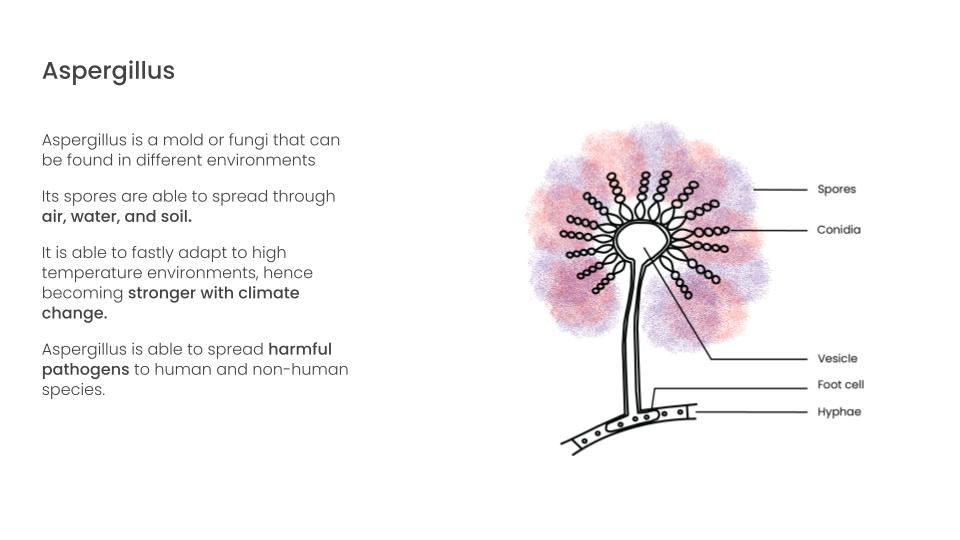
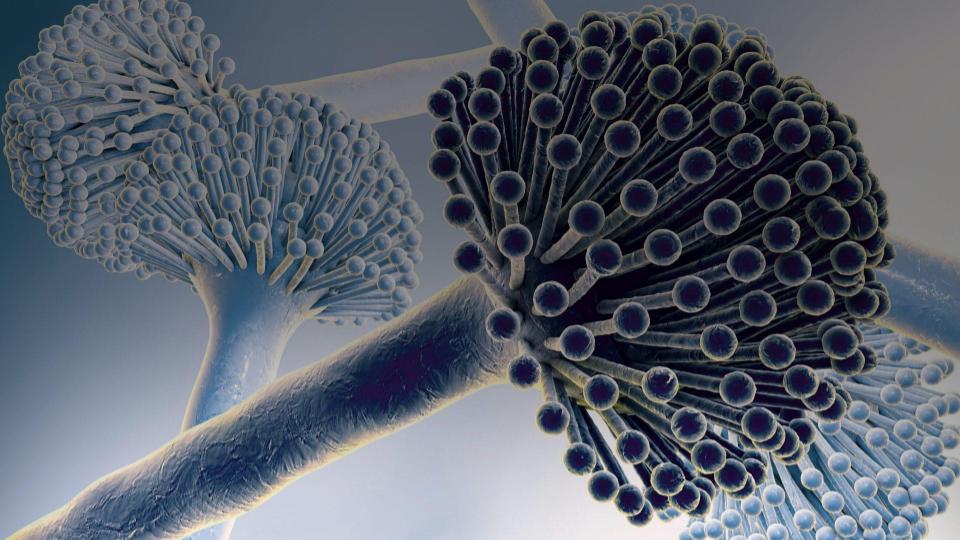
Aspergillus under microscope https://shorturl.at/bhnqt
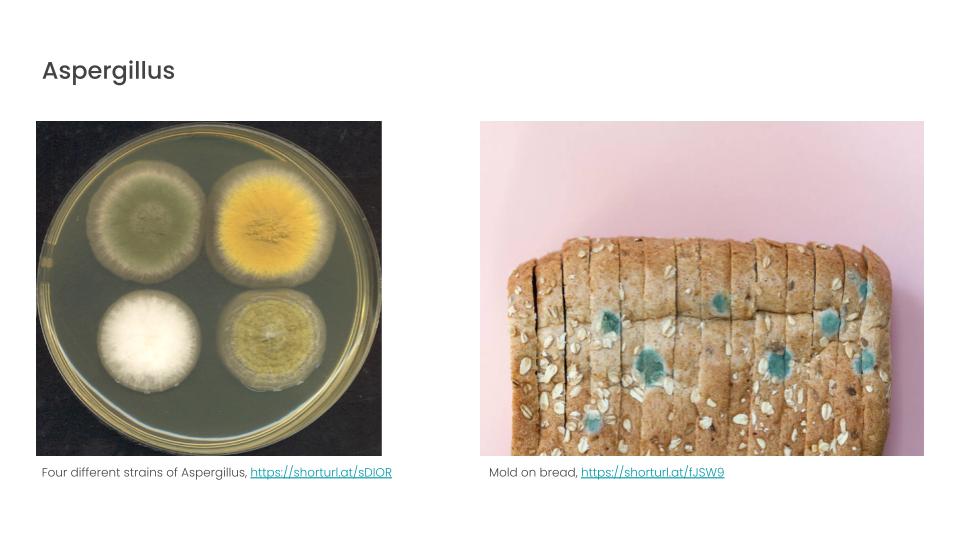
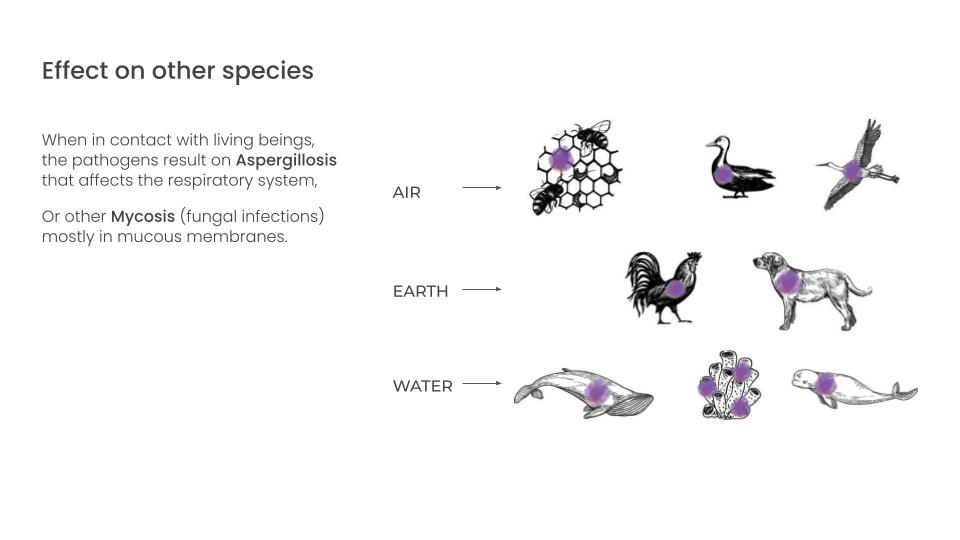
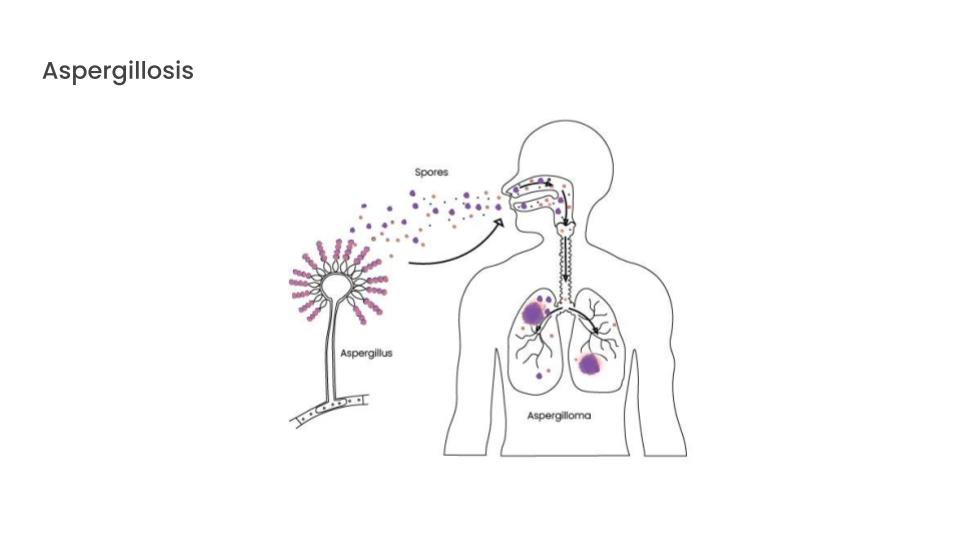
In the diagram it is possible to observe the way the spores from the aspergillus travel through the air and enter the organism of humans through both nasal and mouth respiratory systems. Once inside of the human body, or any other species that shares the same breathing system, aspergillus invades the lungs and results in aspergillomas, a fungus ball present causing further complication in the respiratory system.
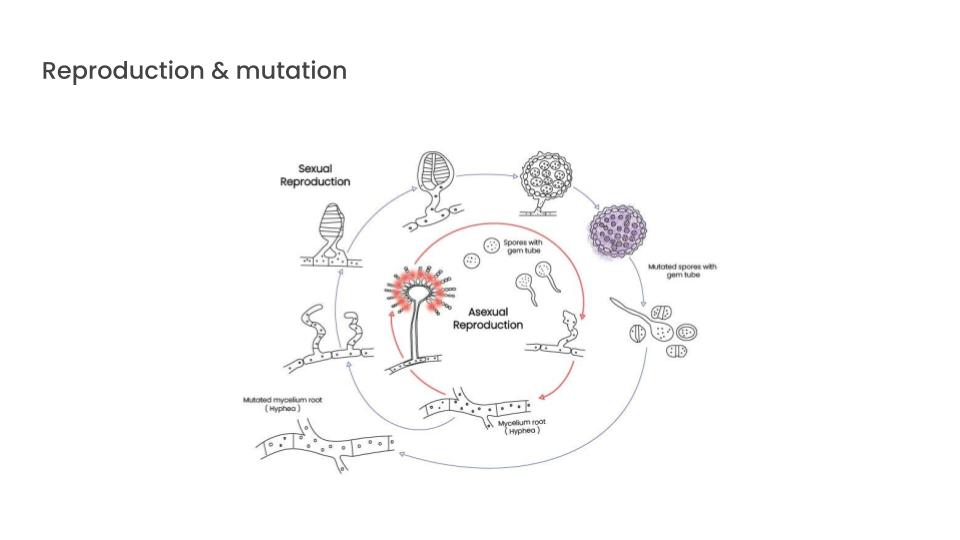
Aspergillus can reproduce sexualy and asexually. It means that a single spore can reproduce itself and form its own hyphae, root base of the aspergillus, or it can combine with another spores hyphae. The fact that the spores of aspergillus are capable of reproducing sexually, through the combining of one spore with the other, means that it is able to mutate from one kind into another. This mutation happens naturally, in different environments, and the speed of the different mutations is based on the environment characteristics and how much the fungi is able to thrive in such environments.
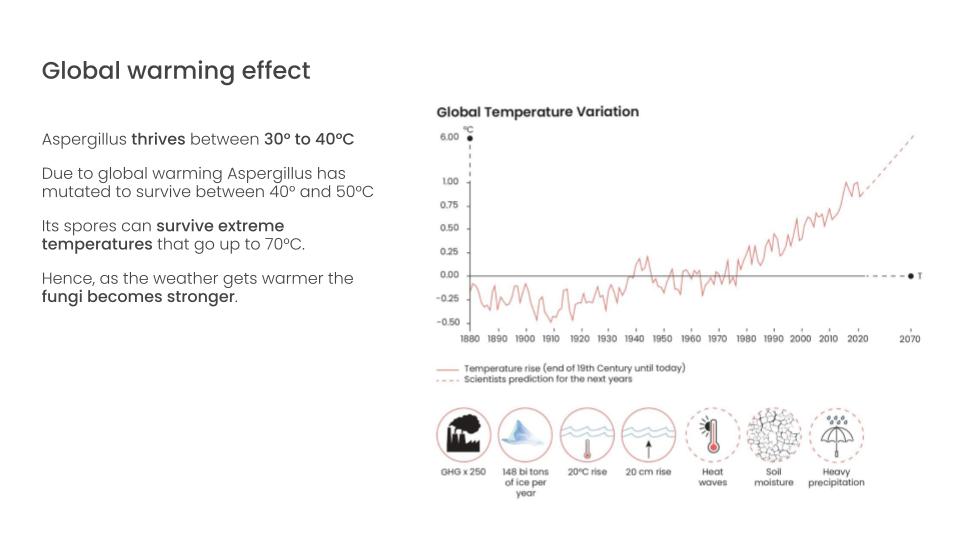
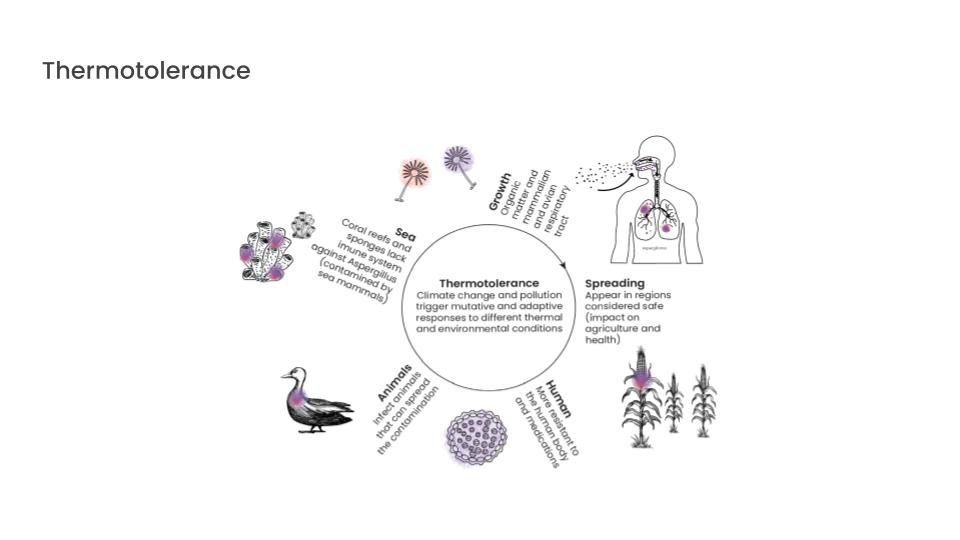
The ability of Aspergillus to survive and adapt to high temperatures lead us to further explore the major risks that this specie brings but also the qualities it has under such circumstances. This type of behavior is further defined as thermotolerance, which is the ability of an organism to survive high temperatures having the organism’s natural tolerance of heat as their basic thermotolerance, and based on its exposure to different heat stress the organism acquires different levels of thermotolerance.
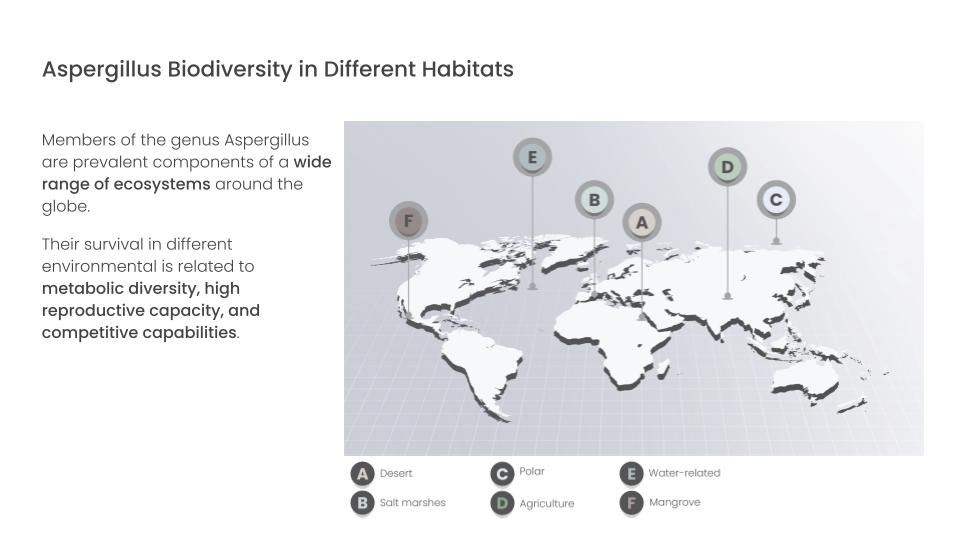
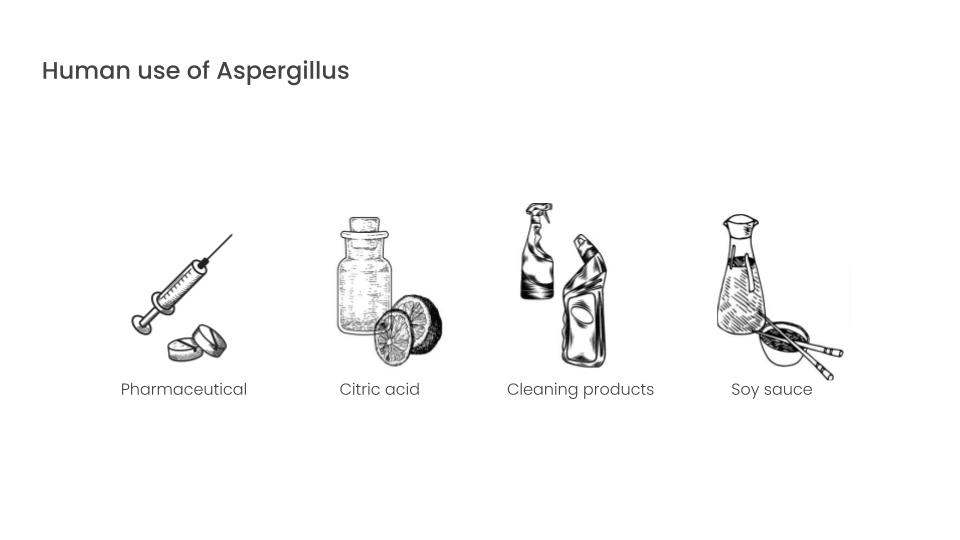
Besides the wide presence of aspergillus in natural environments, humans have used it for a vast amount of house cleaning products, fermented foods, and more. Aspergillus happens to be a key contributor to citric acid, an organic compound that occurs naturally in citrus fruits.
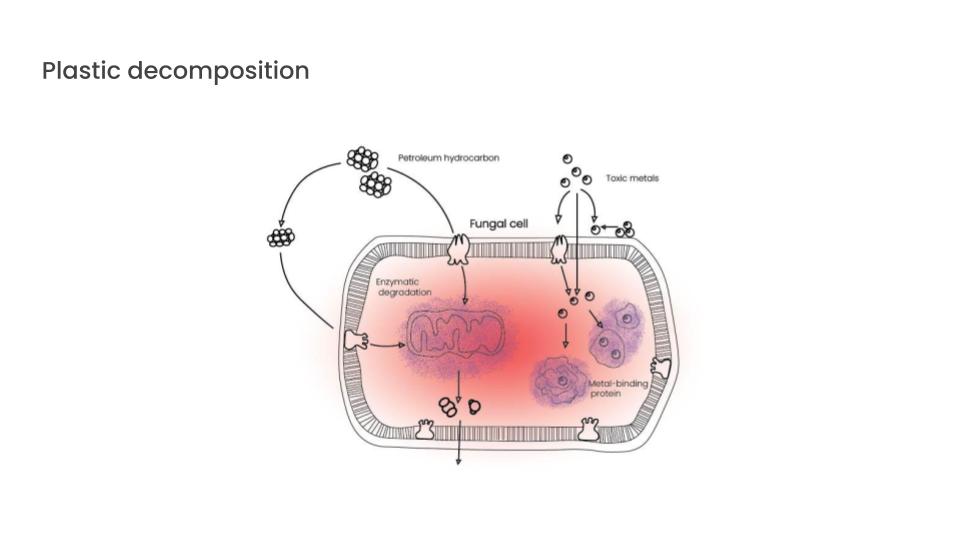
Two major studies showcased the positive qualities that this specie has. The first was done by the German Chemistry Society and reflected on how Aspergillus has amazing decomposing properties when it comes to breaking down plastics from contaminated ocean coasts. The second one done by the Oswaldo Cruz Foundation presented the abilities of Aspergillus to break down and digest petroleum particles, by being tested in a contaminated environment in the Amazon river. The following diagram showcases the digestive system of the fungi and its natural breaking down qualities when it comes to heavy metals and petroleum.
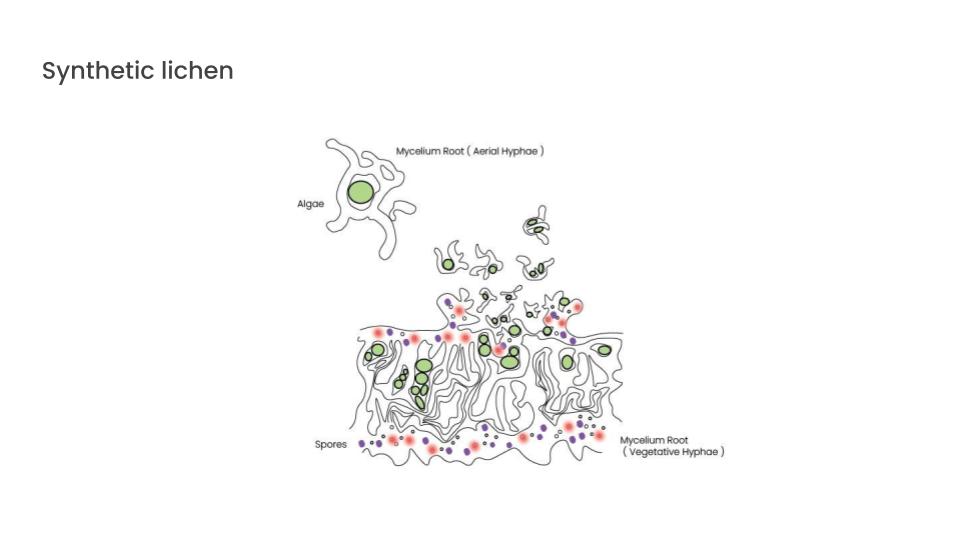
An rare mutual relationship with the fungi that was discovered is its combination with Nostoc Cyanobacteria. This symbiotic relationship’s outcome which is explained in the drawing above, is a type of lichen. In this combination the fungi lose its toxic properties.
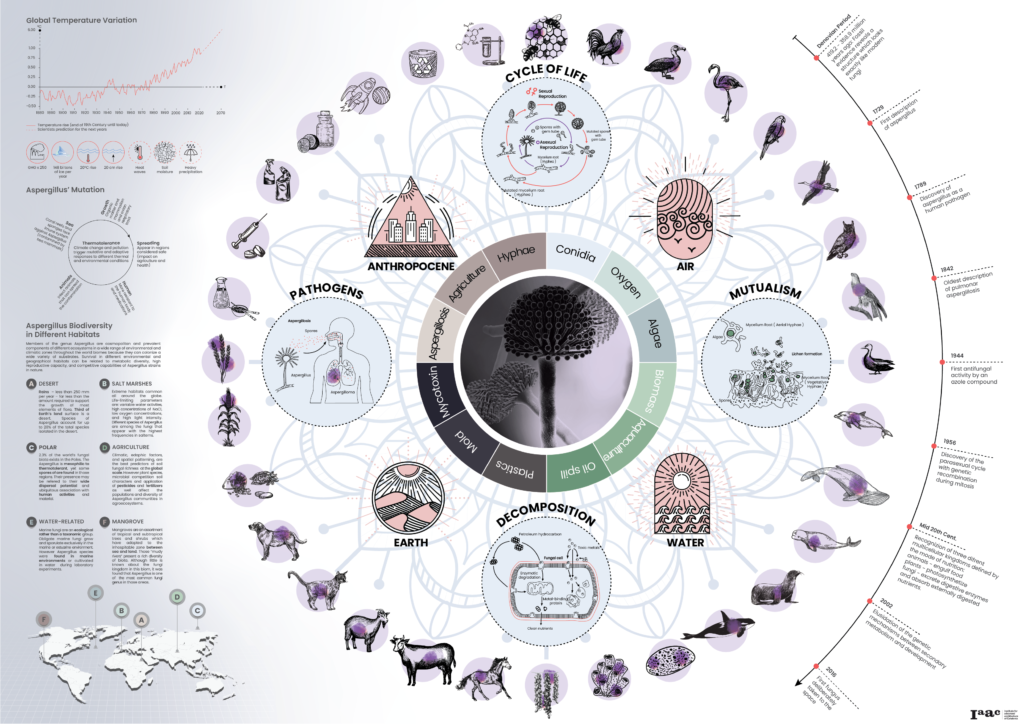
The Cosomogram presented above is a “relationships map” of the Aspergillus and a summery to the fungi presentation.
Site: The Great Pacific Garbage Patch
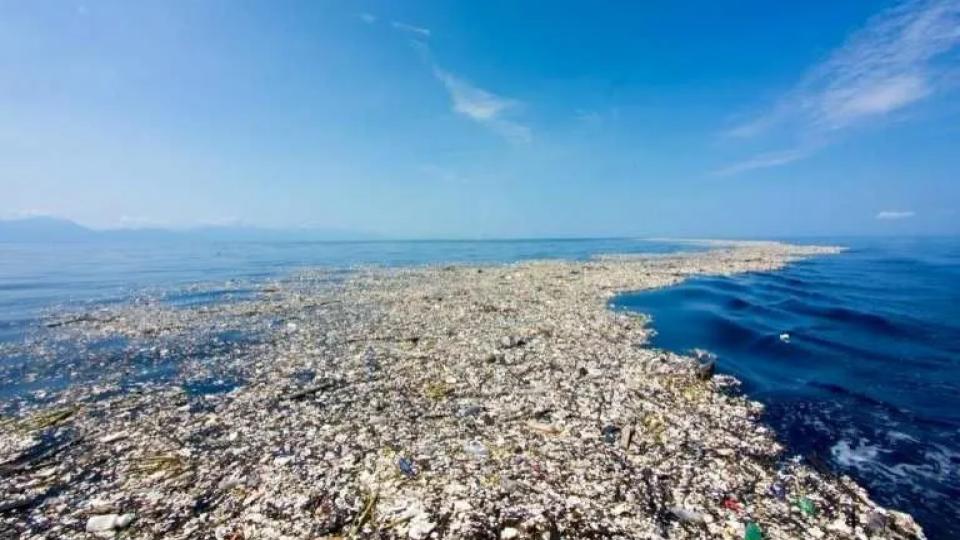
The Great Pacific Garbage Patch, https://shorturl.at/ceSZ9
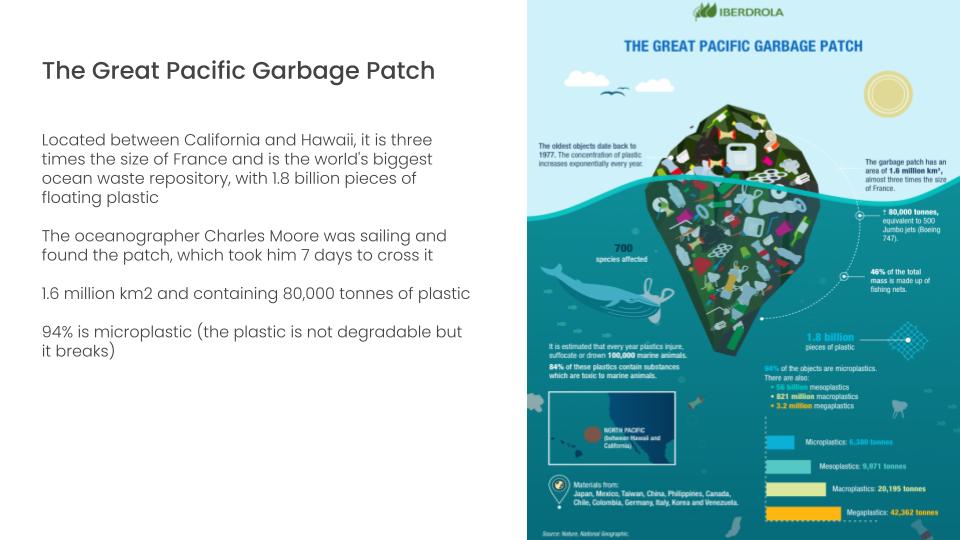
Garbage diagram, https://shorturl.at/krKR3
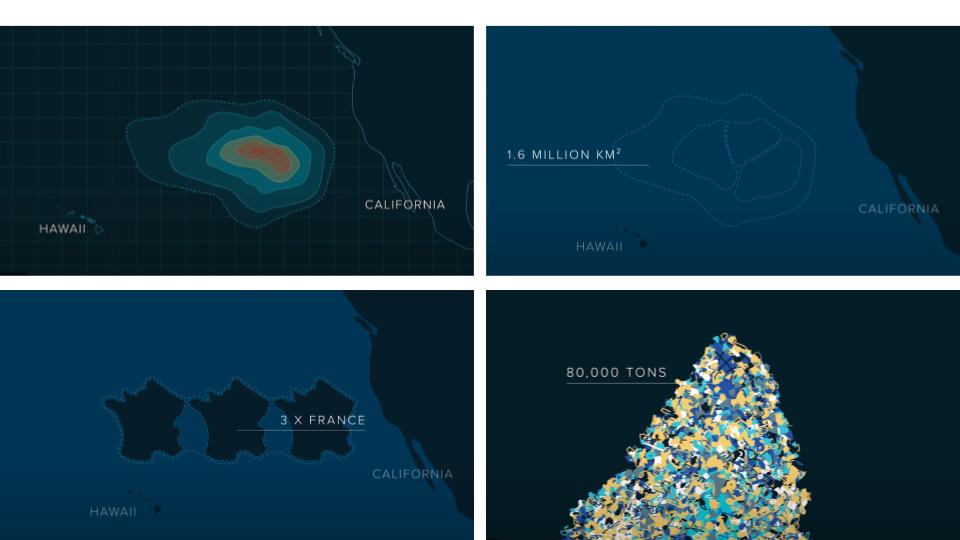
The Great Pacific Garbage Patch: location, size and amount of garbage, https://shorturl.at/ceSZ9
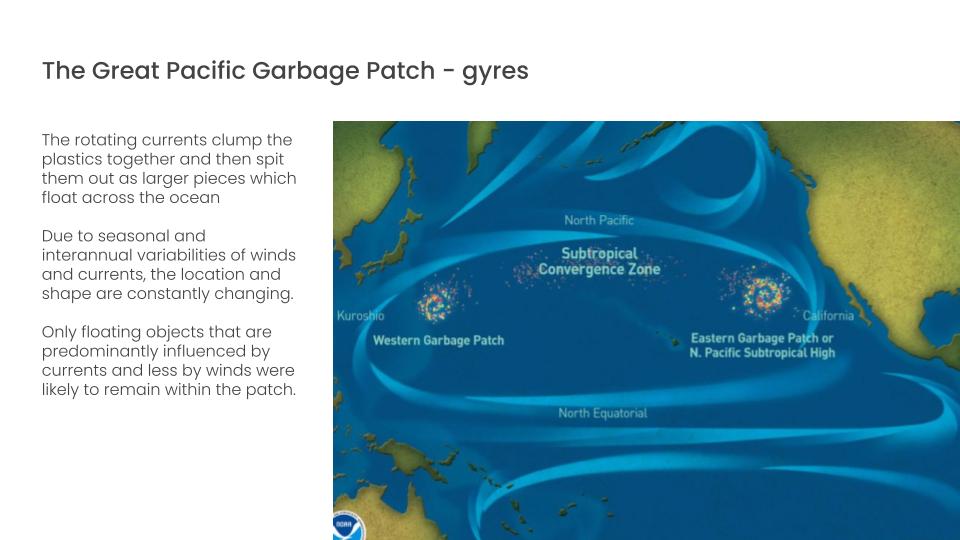
Gyres, https://shorturl.at/coQSZ
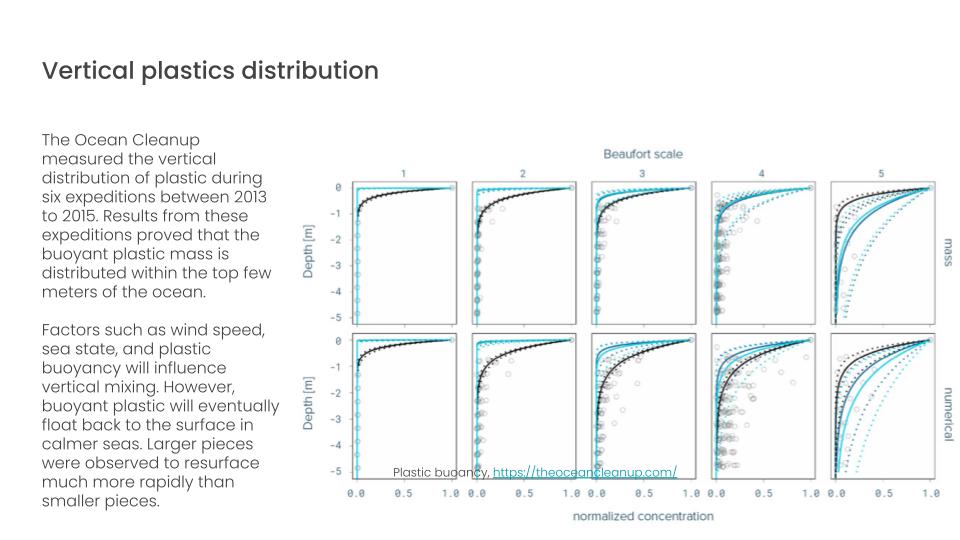
Plastic buoancy, https://theoceancleanup.com/
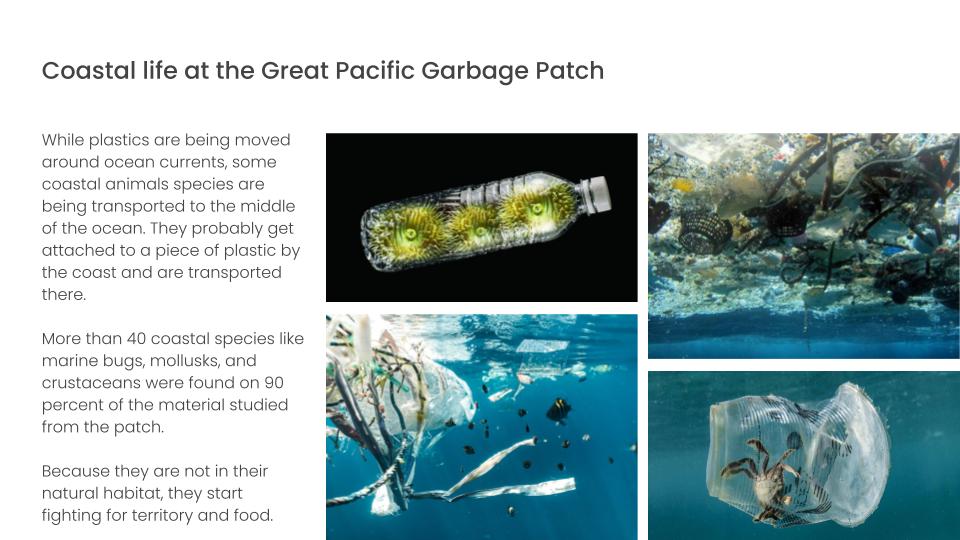
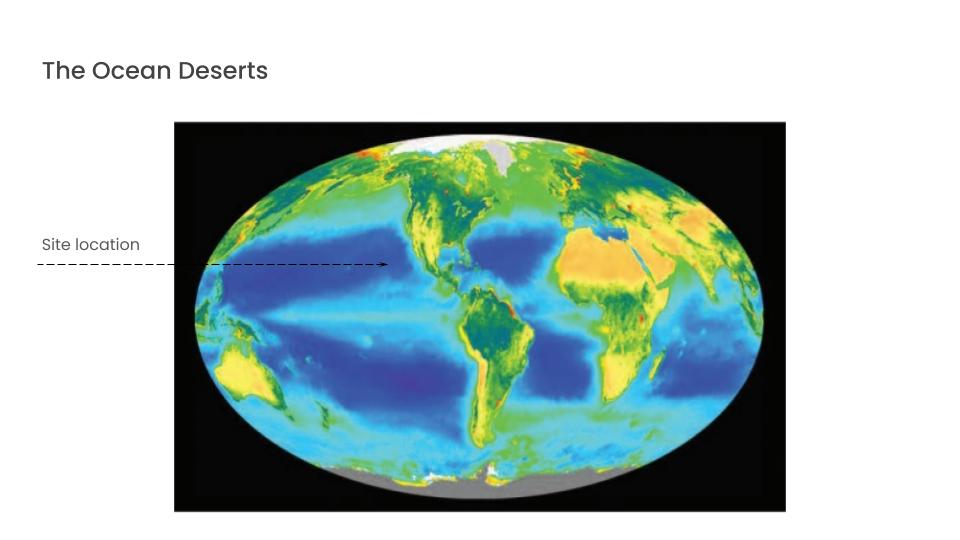
This satellite image shows a phenomenon called “biological deserts”. Studies predict that the warmest portions of the world’s oceans will become less productive due to the increase in temperature. The rate of expansion of this desertification has led to a 1 to 4 percent loss in productive waters per year, with the rate of expansion being much bigger through time.
High biological productivity based on abundant phytoplankton and chlorophyll concentrations reflecting the green color, and the areas of low ocean productivity in darker areas labeled as “biological deserts”.
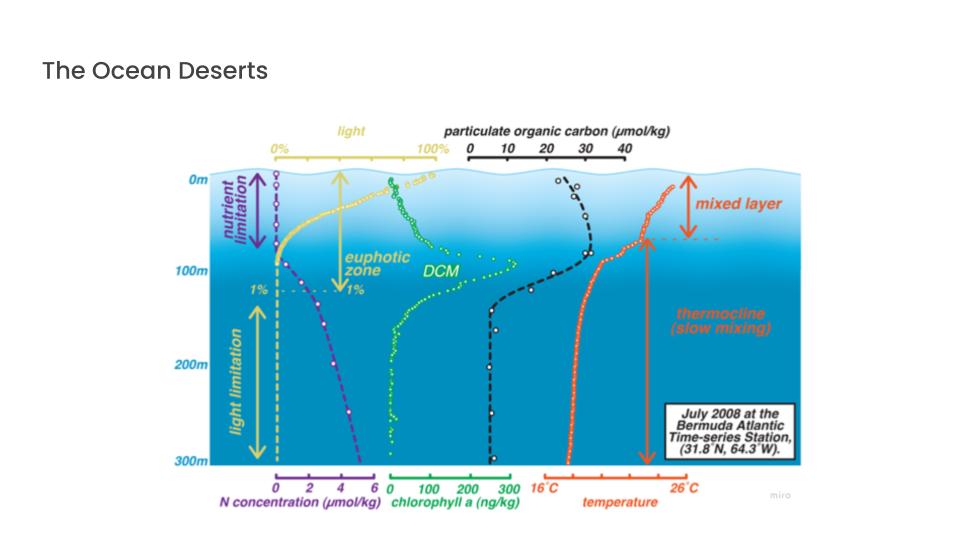
The following diagram demonstrates the different characteristics of the water in relation to its depth. The upper layer (almost 100 m), is limited with nutrients as they are sinking. When this upper layer is getting hotter due to the climate change, and when there are not enough gyres that are moving the nutrients up, this layer remains hot and buoyant and the phytoplankton are not able to get food. This explains well the effect of global warming on ocean deserts spreading.
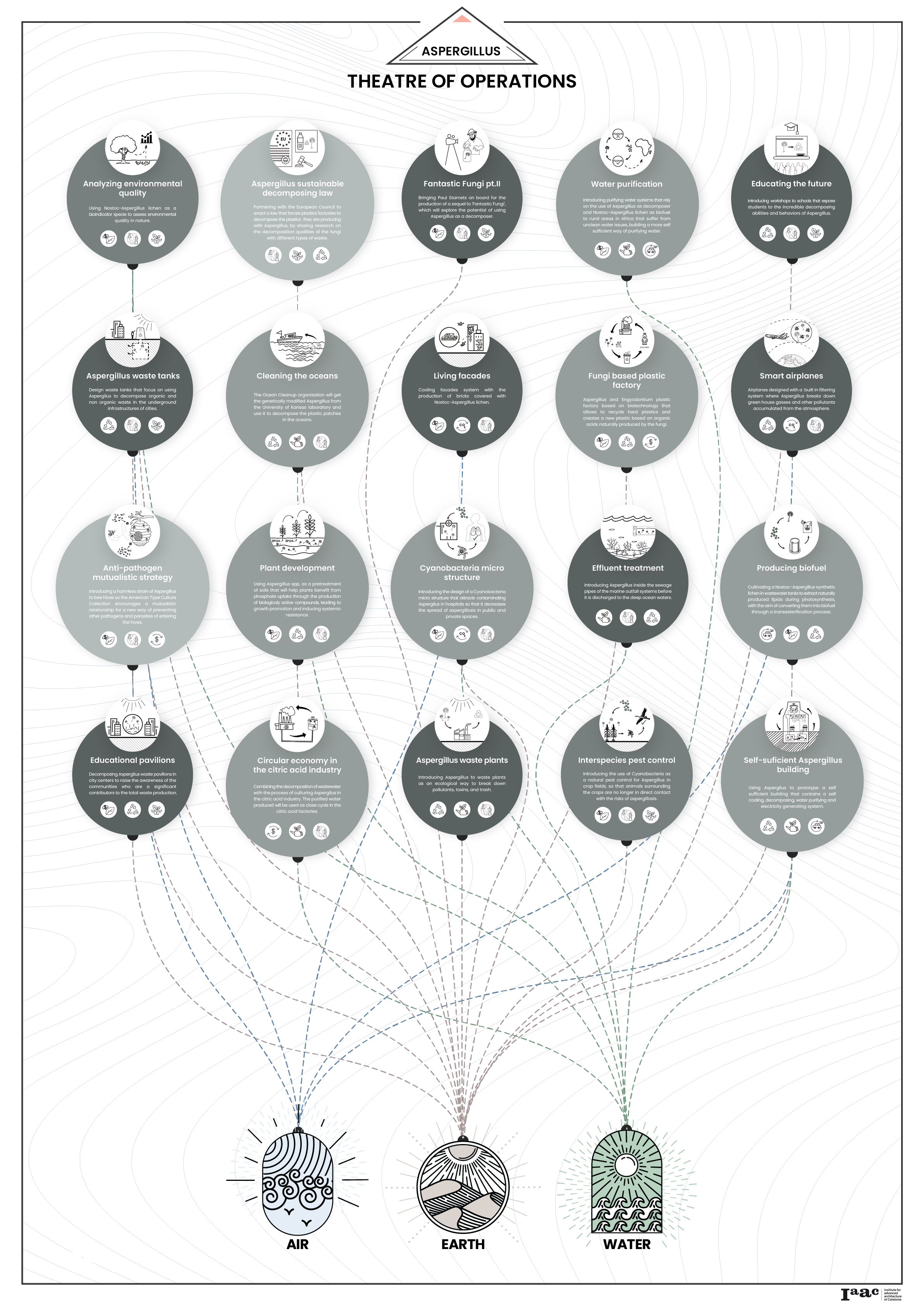
As a preparation to our architectural intervention, we were able to come up with a set of ideas that rely on bringing the positive effects and mutualistic relationships of our specie into different environments, using different approaches. Those ideas were presented in the document above called: Theater of Operations.
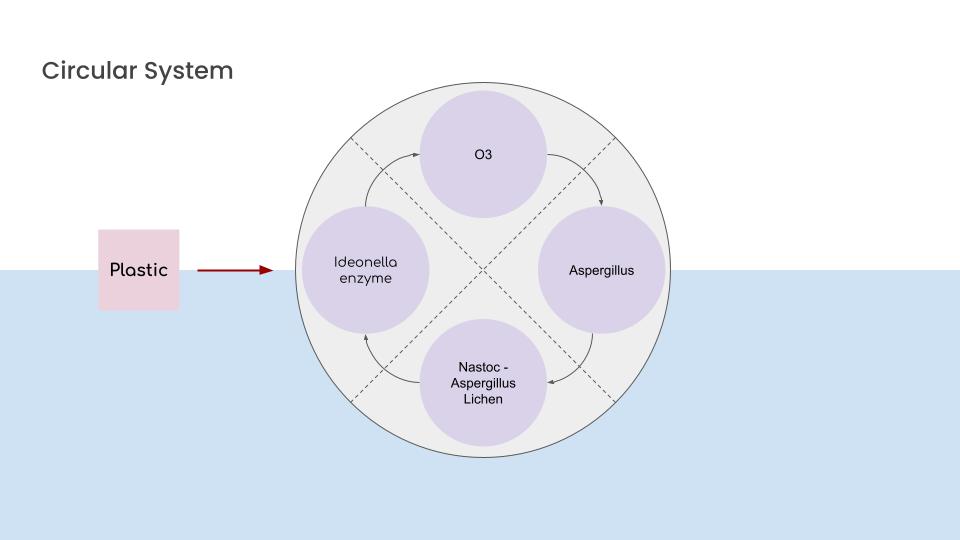
In the site we chose to work, we decided to create a device that with the combination of different agents will be able to decompose plastic on its own.
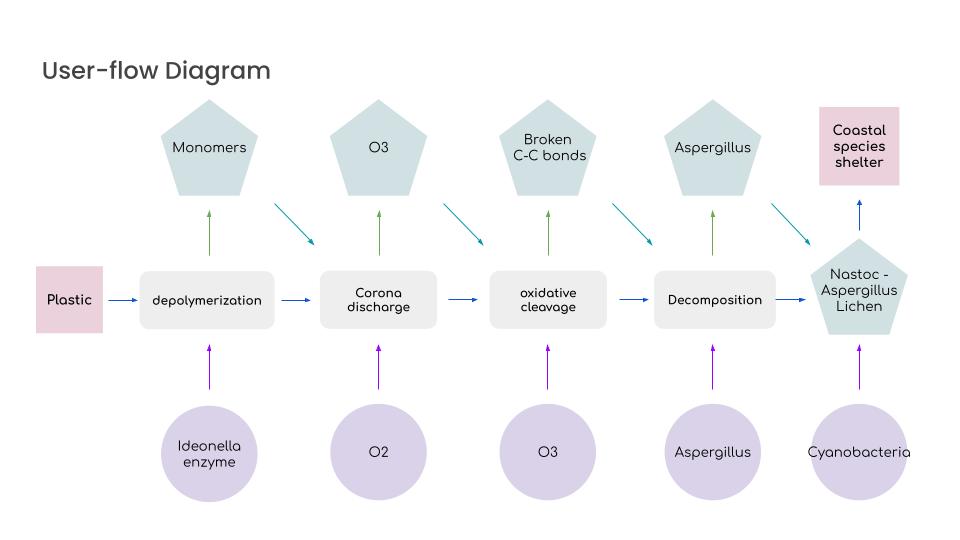
The following diagram reflects the logic behind our design, the agents involved, and the different steps we need to take to break down plastics in a way that does not invade, or further contaminate the site. The agents involved are Ideonella enzyme, Oxygen , sun energy, Ozone, Aspergillus and Nostoc Cyanobacteria.
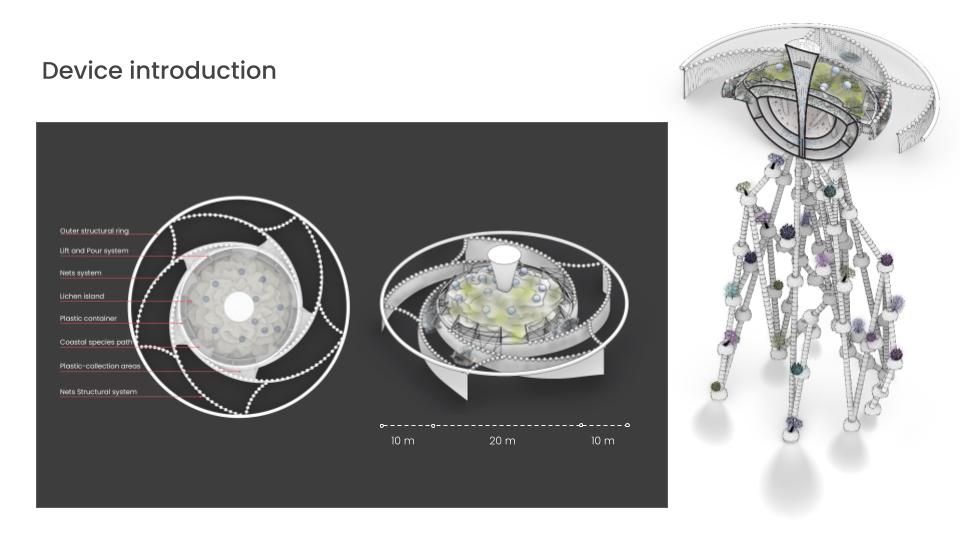
Our final design is a buoyant structure shaped like a sea star, that its core base is 20 meters wide, along with a trash collecting pump system inspired on the approach of the Ocean Cleanup team. The top of our device acts like a dock, in which coastal animals can easily transfer to once the trash is collected by nets. This top part contains lichen formed by the combination of Aspergillus and Cyanobacteria. In the middle of this dock an elevated tube welcomes oxygen flow into the internal part of the device. Last, the bottom of our device contains a modular synthetic coral reef system that expands 50 to 70 meters down below the surface and welcomes other marine species. The structural tubes that connect these modular coral reefs, are also carrying wind and light down to the ocean, in order to welcome movement, and natural source of light.
Pumping system
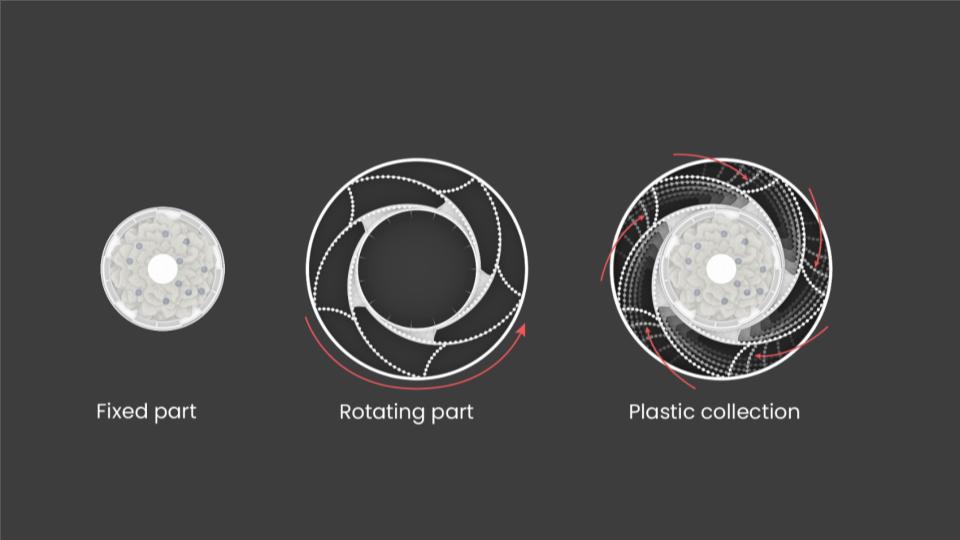
The entire infrastructure consists of 2 parts: in the middle, a part that is fixed and on the surrounding a ring structure with a system of nets that is rotating at an extremely low velocity of around 2 km per hour and collecting the plastics in its corner through this movement.
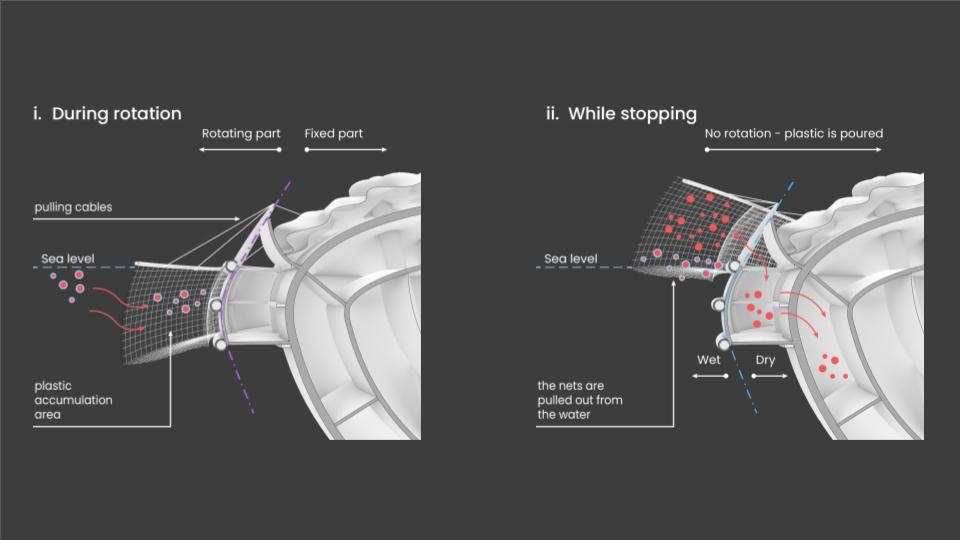
The major parts of the nets are not closed mesh so the plastic accumulation won’t interrupt marine life. As the plastics are floating, only a few meters of nets are needed to collect it. Once the nets tips have reached its capacity, a pole located in the upper ring of the device lifts the trash outside of the water and slowly pours it into open containers. From there it enters the decomposition system.
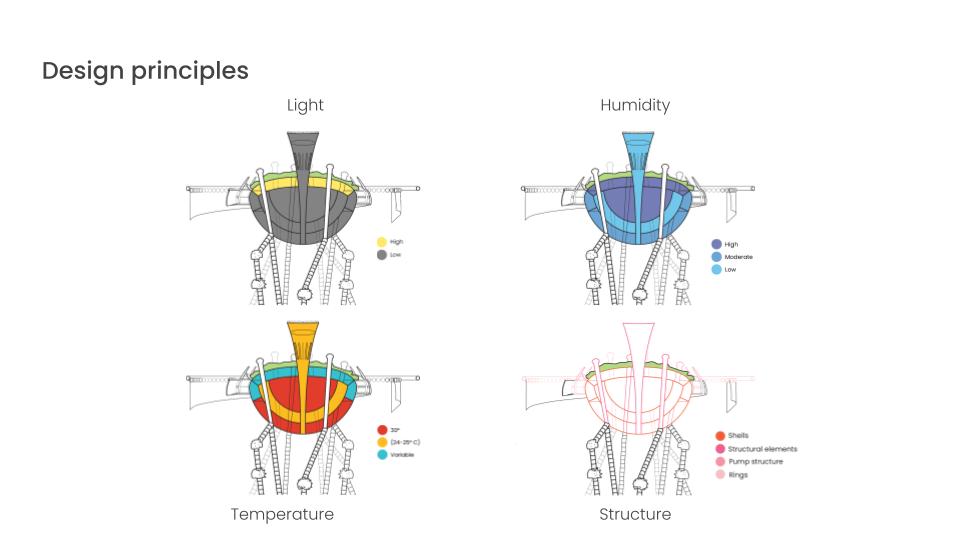
The design is taking into consideration the optimal environmental conditions each agent and procedure needs. For instance, the upper part above the water where there is light and air is the one holding the Cyanobacteria. The inner and darker parts are the one hosting the Aspergillus which thrives in darkness. The structural strength of the device is obtained by the combination of the spherical shells and the 3 dimensional piping grid that penetrates them and holds the artificial coral reef.
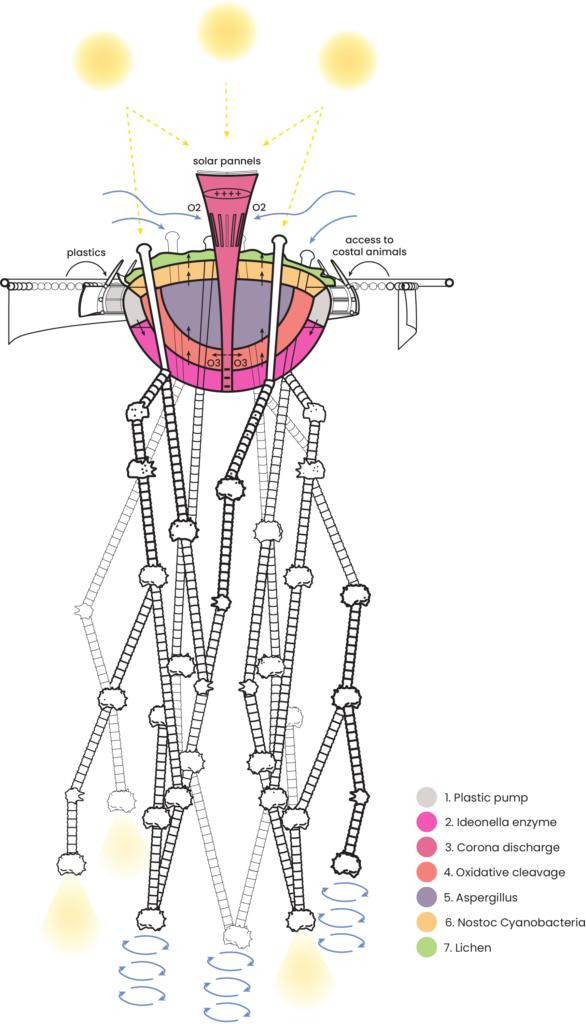
Because our site is located in a main ocean desert, we wanted to create environmental conditions that in addition to cleaning up the ocean trash will allow a new type of marine oasis. With the aid of optical fiber-skylights and air compressors on the top part of our device, natural light and water movement are introduced to deeper areas. Those are traveling inside the coral reef structure which is based on joints, allowing these tubes to be connected with one another below the device but also allowing them to move along with the currents, contributing to nutrients flow. The synthetic coral reef modular structures have been designed based on previous research done on this field.
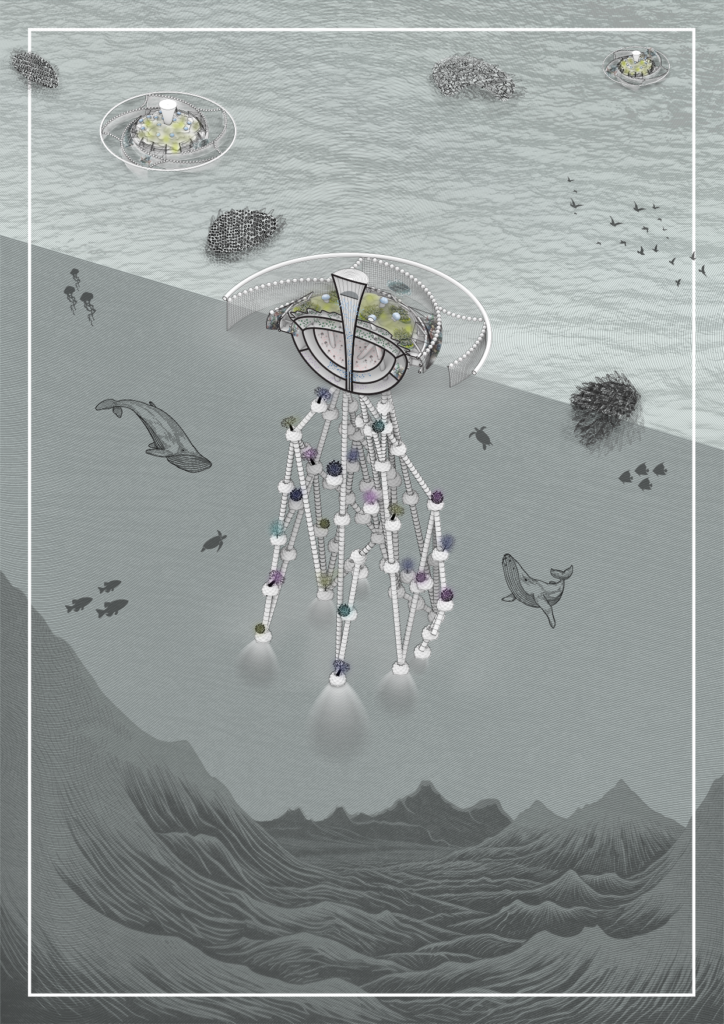
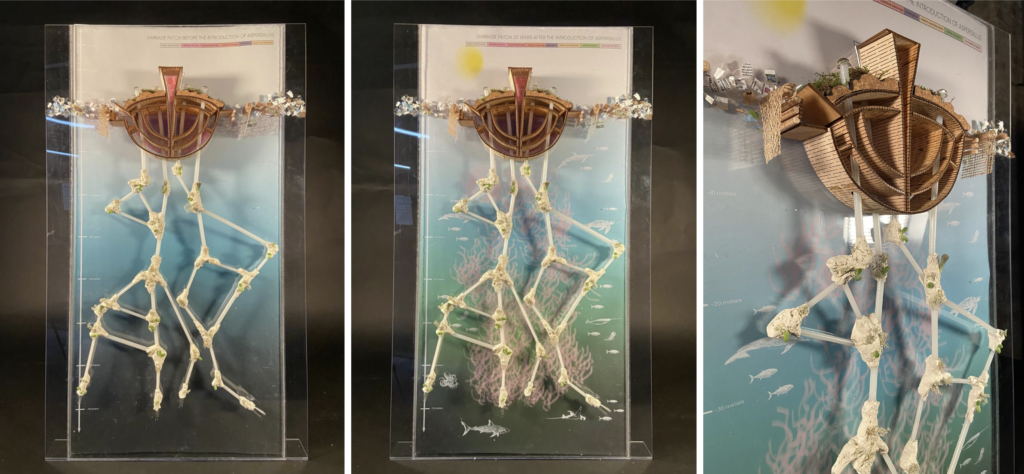
Section model (1:1000) presenting the present situation and after few decades
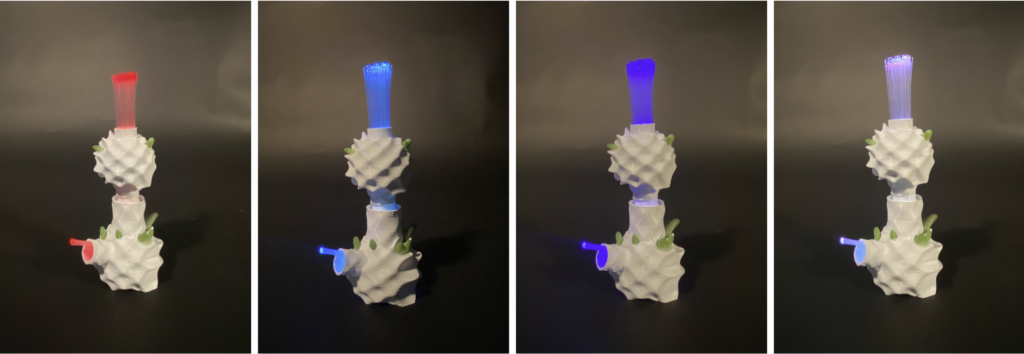
Coral reef joint with optical fibers
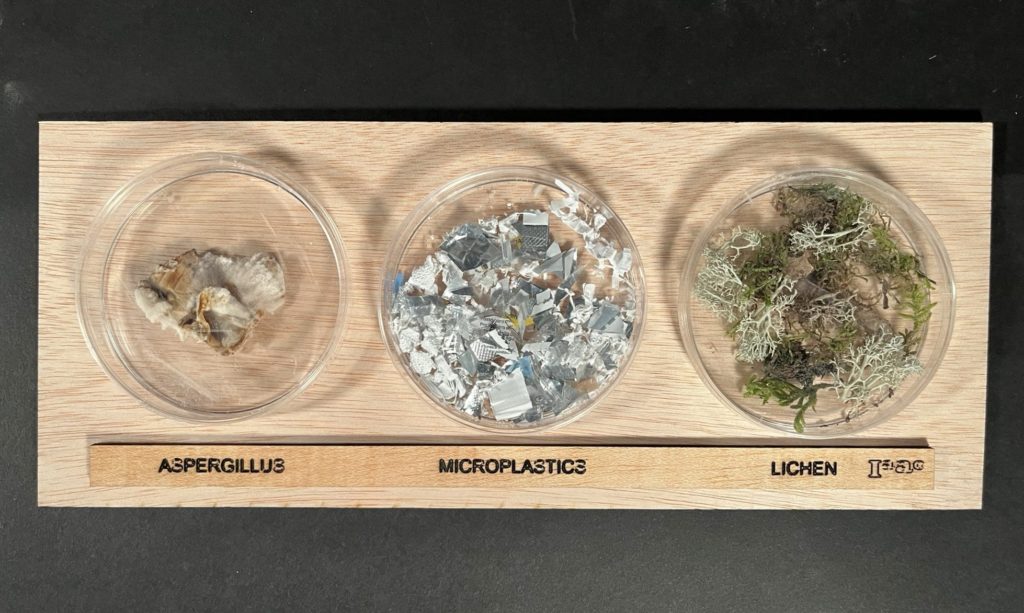
Main agents involved in the design
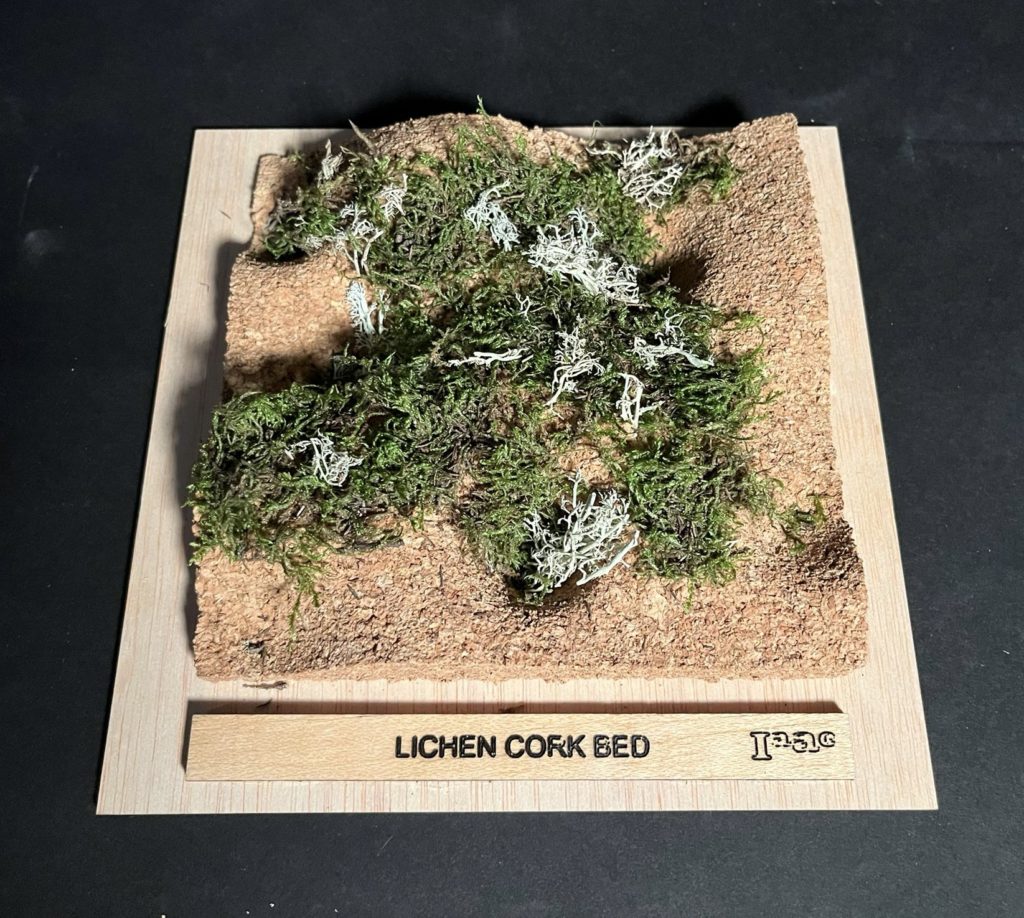
Sample of top dock of the CompAsper – Cnc milling in cork and cover with lichen
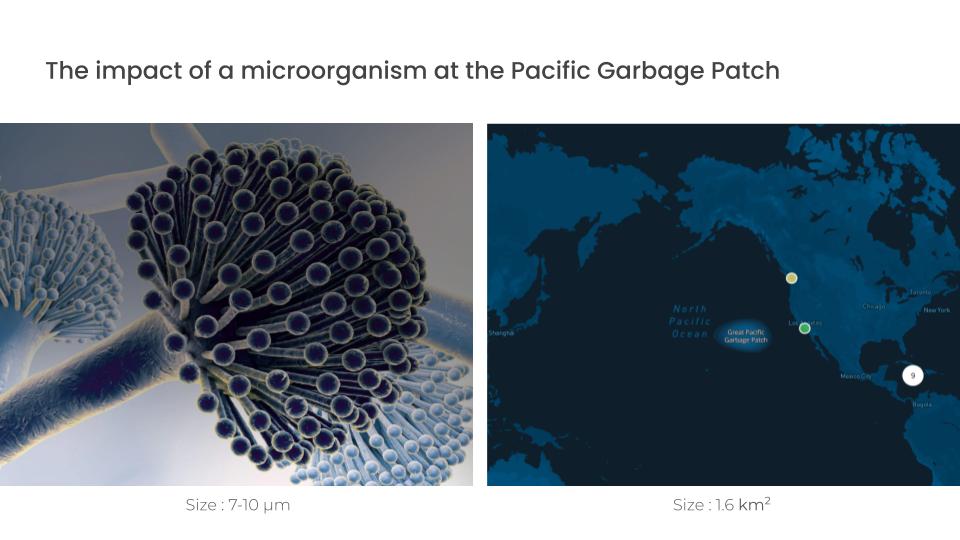
In conclusion, the impact a tiny microorganism can have on the largest expanse of ocean garbage in the world is truly astonishing.
.

